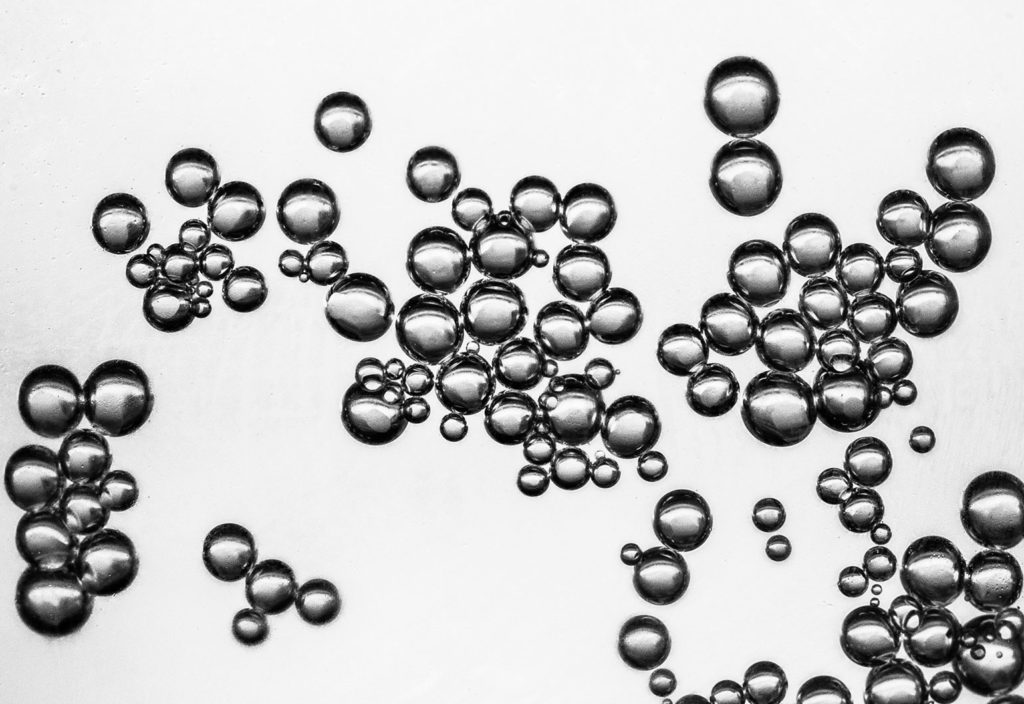A new hydrogen liquefaction plant in Victoria’s Western Port Bay will test the technology and trial the success of liquid hydrogen exports to Japan.
The plant is part of the Hydrogen Energy Supply Chain Project (HESC), which will produce and export 3 tonnes of hydrogen to Japan by sea in a one-year period between 2020 and 2021. If the pilot proves successful, the project aims to scale up to commercial operations after 2030.
The project is being run by a consortium of Japanese energy and infrastructure companies including Kawasaki Heavy Industries, in collaboration with AGL, who will use brown coal to produce hydrogen at its Loy Yang A power station. The hydrogen gas will be transported from Loy Yang A to the Western Port facility in high-pressure tube trailers.
The Australian Federal and Victorian Governments have jointly contributed $100 million to the pilot project, which is expected to produce and export between 1 and 3 tonnes of liquefied gas from up to 160 tonnes of brown coal during its year of operation.
According to a Victorian Government statement, the pilot project is expected to create 400 jobs across the Victorian supply chain.
“The hydrogen economy has the potential to be an important future sector in Victoria, with the Hydrogen Energy Supply Chain Pilot Project providing an opportunity for Victoria to lead the global emergence of this industry,” said Victorian Minister for Economic Development Tim Pallas.
Hydrogen from coal
Hydrogen can be produced from coal using a process called gasification. This involves adding a small amount of oxygen to the coal to trigger an incomplete oxidation reaction, which produces CO2.
This CO2 reacts with the remaining carbon in the coal to form carbon monoxide, which is then exposed to steam to produce hydrogen gas and more CO2.
Gasification requires energy to produce the heat needed for the chemical reaction. The HESC project states that the Loy Yang A gasification plant will use around 1560 MWh during its year of pilot operation – similar to the annual energy demand of around 110 homes.
Brown vs green hydrogen
Energy and resources strategic analyst Steven Spencer has previously told create that hydrogen has the potential to take over from LNG as a lucrative energy export to Japan.
“The devil is in the detail of how you produce the hydrogen to export to Japan – whether they are emissions intensive or clean technologies,” he said.
‘Green’ hydrogen can be produced using renewable energy to electrolyse water, producing hydrogen and oxygen, and Kawasaki Heavy Industries is working with Norwegian company Nel Hydrogen to establish a green hydrogen supply chain. From 2025, Norway expects to be able to export one full liquid hydrogen tanker to Japan each week.
According to a report produced last year by the Ifri Centre for Energy, hydrogen production using brown coal from Loy Yang A will be “equally polluting as direct power generation using brown coal” unless carbon capture and storage (CCS) technology is used to capture and store CO2 in geological structures.
The HESC project website states that the gasification plant is expected to produce 100 tonnes of CO2 during its pilot year. While CCS will not be used during the pilot phase, HESC suggests that the CarbonNet CCS project in Victoria’s Gippsland Basin could provide the potential to capture and store emissions from a commercial-scale brown coal gasification operation at Loy Yang A.
But there is still some work to do before this is possible, as the CarbonNet project is currently investigating CO2 potential capture industries and transport routes to their offshore injection site.
They are also working with researchers to build a “sound scientific basis” for CCS in the Gippsland Basin.
